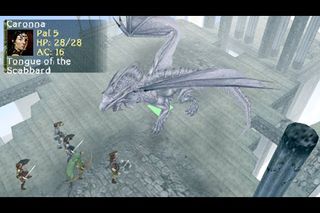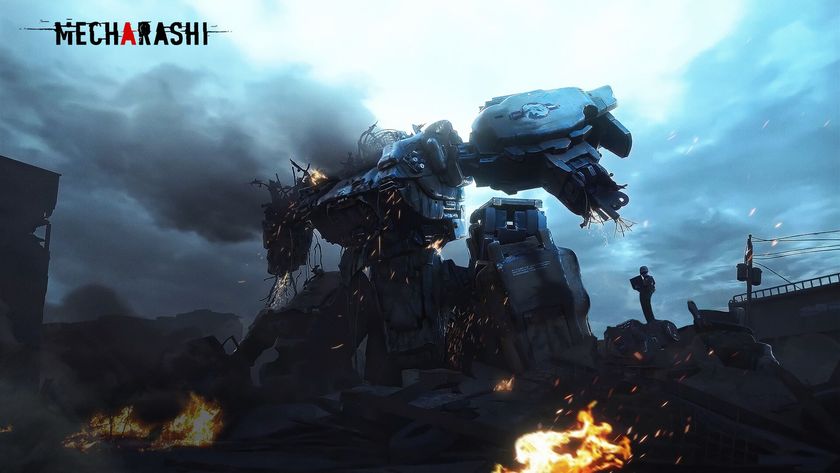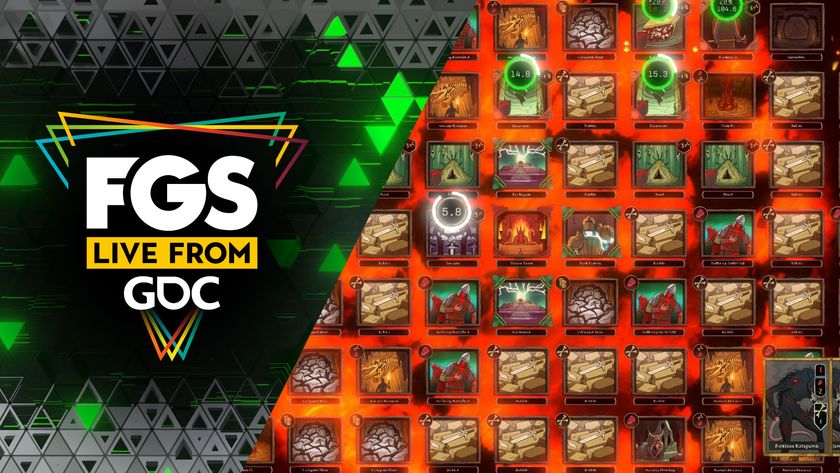Dungeons & Dragons: Tactics impressions
Sword-and-sorcery strategy still looks rough, but packs plenty of promise for fans
Character-creation aside, we're told that the idea behind the game was to meld the rules and world of D&D with the turn-based action of the classic PC strategy game X-Com: UFO Defense. Sadly, you won't be building bases or researching technology here, but there are other similarities.
For example, each of the game's 42 levels is clouded in a fog of war, and you won't be able to go toe-to-toe with its monsters until they're in your line of sight. You'll have plenty of options available to help you get the drop on them, though; a few of the spells will enable you do things like scout the ground ahead, and you'll also have animal companions or summoned monsters that can be sent to draw out danger. And when you're confronted with pitch-darkness, any dwarves you've got along will be able to see in the dark.

Seeing as light plays such a significant role in exploring the dungeons, it's a good thing that it looks beautiful. Tactics is one of the first handheld games to use dynamic lighting - that is, every character and object casts shadows, which react according to nearby light sources. This was demonstrated to us through a moving light spell - as a lit blob floated through a dungeon, the shadows in each room moved seamlessly away from it. It was a cool effect, and we're told that certain spells - like fireballs and magic missiles - will behave similarly.
Cool lighting effects or no, Tactics still looks pretty horrible in screenshots. So to really get an idea of what the game looks like, you'll need to hit the Movies tab above and see it in motion. Once it's moving, Tactics sports some brilliant 3D animation (considering how small its characters are), and players will be able to pan and zoom the camera smoothly around its 3D battlefields.
Sign up to the 12DOVE Newsletter
Weekly digests, tales from the communities you love, and more













